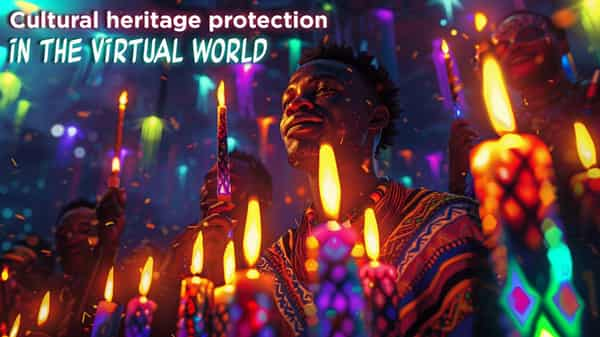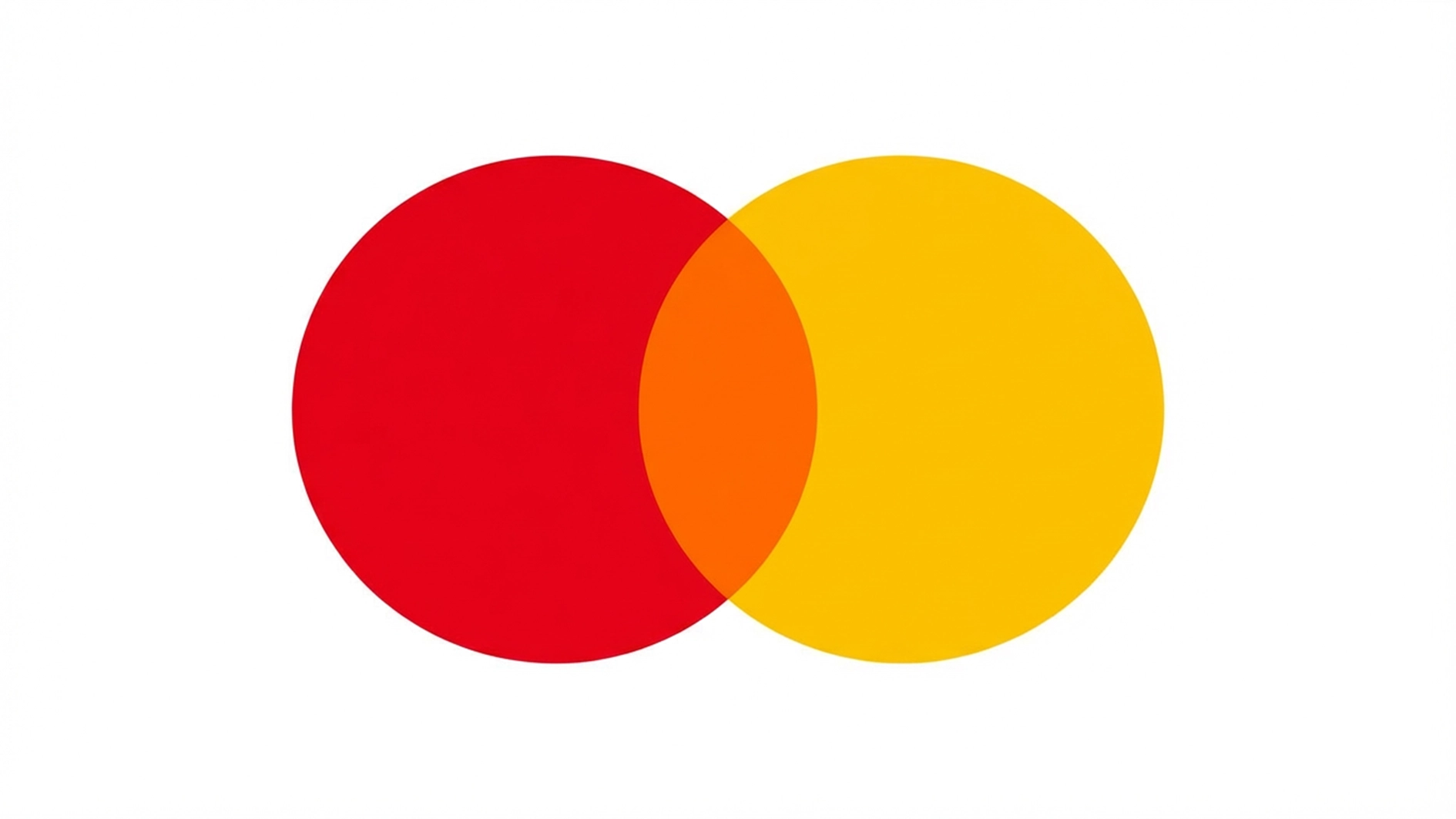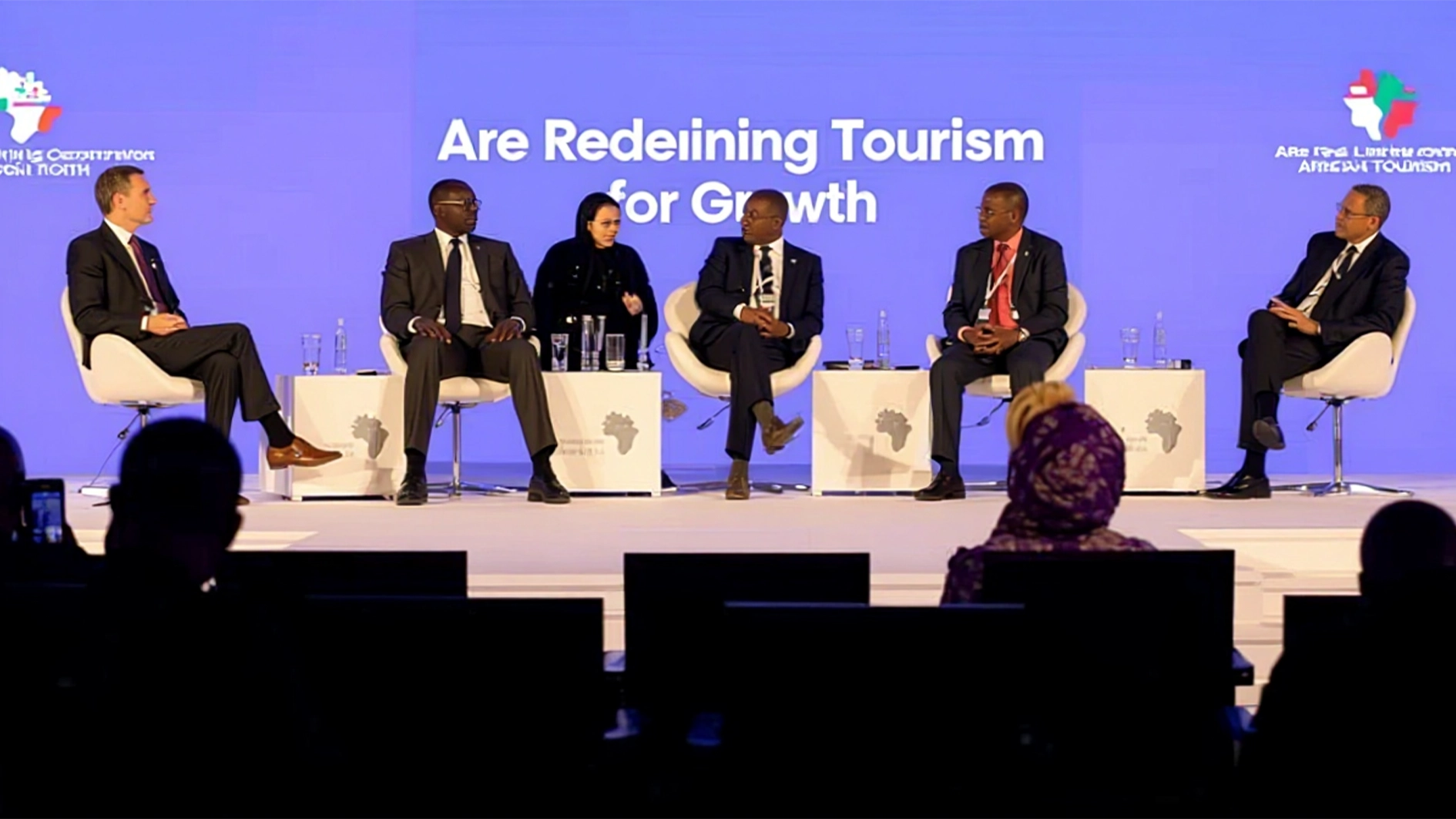
Kwanzaa is a noisy and cheerful holiday associated with traditional African rituals, drumming, music and dancing. However, its authenticity goes far beyond entertainment events. Read on to find out what “Kwanzaa” really means and why this holiday has become a symbol of unity, culture and spiritual revival. What are the meanings behind the seven candles, why is it celebrated for the whole week, and how virtual reality helps popularize national traditions.
What is Kwanzaа
The name “Kwanzaa” comes from the Swahili phrase “matunda ya kwanza”, meaning “first fruits”. It symbolizes gratitude for the harvest and emphasizes the importance of continuity of generations. However, in the original phrase the word “kwanza” ends with one “a”. The extra letter “a” was added to the name of the holiday so that the word consisted of seven letters, symbolizing the seven principles of Kwanzaa.
The holiday lasts for seven days, starting on December 26 and ending on January 1. Each day is dedicated to one of the seven principles known as Nguzo Saba, which were formulated by Dr. Karenga. He included all the values of African culture in them.
The seven candles of Kwanzaa — the seven principles of Nguzo Saba
This holiday is not religious. It was created in 1966 by Dr. Maulana Karenga, a professor of African studies at the University of California, Los Angeles, after African-American unrest in the city caused by severe racial discrimination and social inequality between people of different skin colors.
The seven candles of Kwanzaa form the Kinara, the central symbol of the holiday, which represents the seven principles (Nguzo Saba) that underlie Kwanzaa.
Each candle has its own meaning and each day of Kwanzaa begins with the lighting of a certain candle.
● The first day is Umoja (Unity). It is dedicated to the cohesion of the family, community and the entire nation. On this day, everyone feels part of a whole. The symbol of unity is the black candle, which reminds us of the connections and common identity of African Americans.
● The second day Kujichagulia (Self-determination) is devoted to the right to self-sufficiency. Those who wish can independently determine their life path and take responsibility for their decisions. A red candle is dedicated to this day.
● The third day Ujima (Collective work and responsibility) means mutual assistance and collective work for the common good. This day corresponds to a green candle.
● The fourth day Ujamaa (Cooperative economics) development and support of businesses owned by African Americans to achieve national economic growth and stability. On this day, a red candle is burned.
● The fifth day Nia (Purpose) emphasizes the need for a collective desire to develop and restore the greatness of the African American community. On this day, a second green candle is lit, symbolizing growth and hope.
● The sixth day Kuumba (Creativity) means using creative potential to improve and decorate the surrounding space. For this, a red candle is lit.
● The seventh day Imani (Faith) symbolizes faith in the power of family, leaders and mentors, as well as the willingness to support them on the path to success. On this day, the last green candle is lit, completing the process of lighting all seven candles in the Kinara.
The lighting of the candle is accompanied by the reading of appropriate poems and prayers related to this day. Kwanzaa becomes a time for deep reflection on one’s roots, values and understanding what the path forward should be.
Kwanzaa is a family holiday. People gather around set tables where traditional African and African-American holiday dishes are served, such as jollof rice cooked according to a family recipe, sweet potatoes, and chicken curry.
African-American dances and songs are also an integral part of the celebration. The movements in the dance tell the story of ancestors, creating a feeling of an inextricable connection with the past. Each step, each sound is a love for one’s culture, its richness and uniqueness.

Preserving cultural heritage in the digital world
The Generation of Zoomers spends more time in the digital environment and this is a fact. Therefore, it is extremely important to find new ways to preserve and transmit cultural traditions. Metaverses can become a bridge between the past and the future, connecting traditional values and modern technologies.
In the context of global digitalization, when distances are no longer an obstacle to communication and knowledge exchange, the virtual world can become important. Let’s see how national values and traditions can be harmoniously combined with VR technologiesand get acquainted with some of them.
Holiverse by Lado Okhotnikov
The founder of Holiverse and creator of the Metaverse Virtual Space (MVS) metaverse, Lado Okhotnikov, offers a unique space for creativity and self-expression. Here, participants can create virtual artworks, share music, films, and design other forms of art.
In the MVS virtual space, you can organize holidays, concerts, and communicate, regardless of the location of the participants. Such interaction will preserve and pass on to new generations in the digital world the heritage associated with national customs and traditions.
However, Lado Okhotnikov’s Holiverse metaverse is more about new technologies, such as the digitalization of the human body by сreating avatars with the help of which it will be possible to simulate various lifestyle scenarios. This will allow us to achieve longevity and defeat diseases, as well as preserve national characteristics in digitized DNA for the descendants.
Decentraland

The Decentraland platform has experimented with hosting events dedicated to African American achievements in science as part of the Afrotech project. Although these events are not currently part of the standard program, they, without a doubt, are quite promising.
Their potential is really huge. As technology advances and audiences grow, metaverses will become a platform where the stories and achievements of African American scientists, artists, and entrepreneurs will be told through interactive virtual exhibits or even game scenarios.
Somnium Space
Somnium Space can host a wide variety of festive events dedicated to different cultures. Why not introduce elements of Kwanzaa at one of the festivals: traditional dances, music, and explanations of the meaning of each day of the holiday?
Somnium Space is also ideal for creating virtual museums. It could host exhibits about the history of the holiday, its symbols, and traditions.
The Sandbox
In the Sandbox metaverse you can create an entire virtual Kwanzaa Village dedicated to Kwanzaa. Visitors could explore houses decorated in traditional style, participate in workshops on creating traditional decorations, and even learn how to cook dishes typical for this holiday.
Kwanzaa is not just a holiday, but a thread that connects generations and preserves cultural heritage. It helps people remember their roots, values, and responsibility to the community. Metaverses make this holiday accessible to everyone, wherever people are. This provides new opportunities to keep and transmit the identity and heritage of their ancestors, making them part of the digital future.






